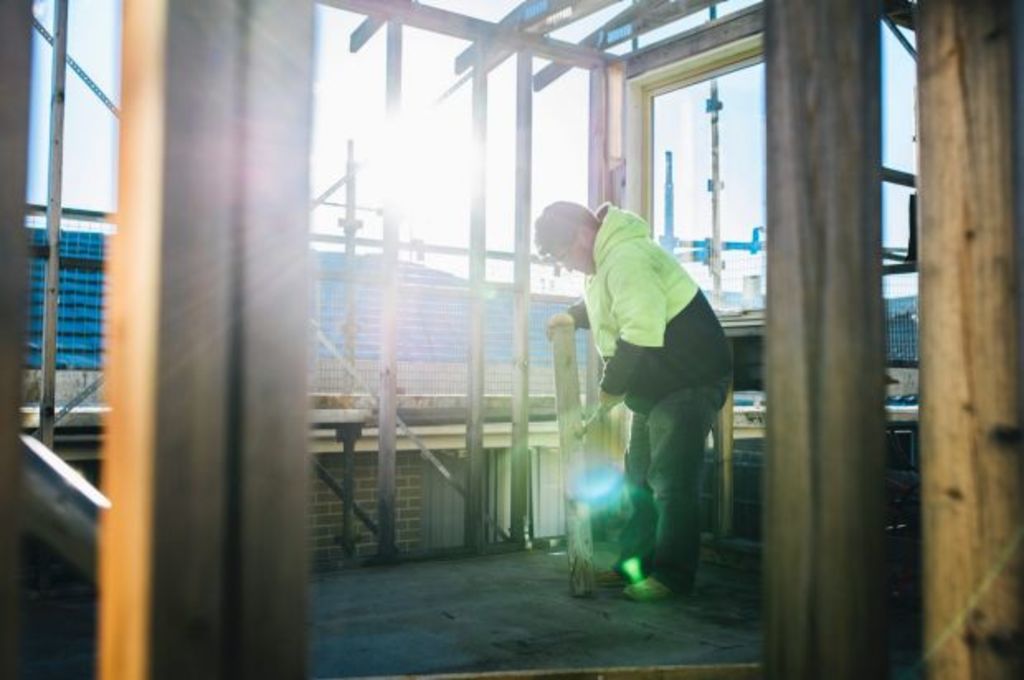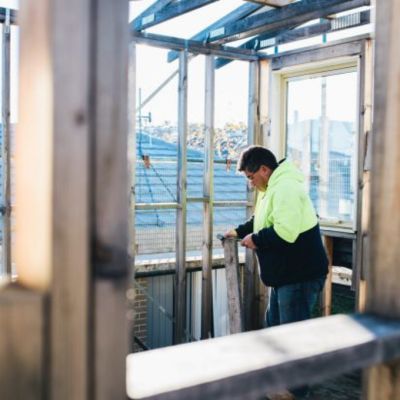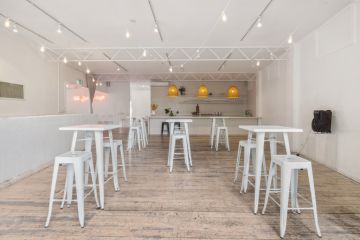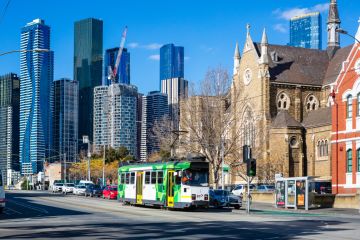Nicola Powell: Perfect time to look for new home as ACT building approvals soar

Buyers in the market for a new home could have timed their purchase just right. Building approval rates have soared to record highs, providing a solid construction pipeline.
The Australian Bureau of Statistics reported 185 housing starts across Canberra during the March quarter. This figure adds towards 839 new homes approved over the current financial year. Despite recording a quarterly slip, the financial year proves a positive 20 per cent gain to housing starts.
Certain pockets of Canberra are a hive of activity. The highest share of home construction can be found in Gungahlin, with just over a half of approvals this financial year. The suburb of Moncrieff drove the majority of this growth with the largest proportion of proposed construction at 383 homes.
The burgeoning Gungahlin region is the powerhouse of population growth pulling the capital’s centre north. The most recent approval rates strongly indicate the district will retain this crown. First homebuyers priced out of Canberra’s established suburbs are lured by the comparatively lower land size and respective cost. Reflected affordability often means buyers can purchase a single residential home rather than a mid- to high-rise in the inner regions.
Casey is the region’s fastest-growing suburb providing a central driver to Gungahlin’s population boom. Resident numbers have swollen a staggering 14.8 per cent in the 2016 financial year.
Canberra’s northern suburbs are a dynamic area of development and will provide a major growth corridor for the city. Seven of Gungahlin suburbs featured in the 10 growth areas in the 2016 financial year. It is not a surprise that Casey, Crace, Bonner, Franklin, Harrison, Forde and Ngunnawal provided a hefty boost to Gungahlin’s population. Current approvals indicate resident numbers will continue to boom in the north as housing blocks in Canberra’s newest suburbs hit the market.
Developing in the urban fringe is one way to offer relative affordable housing. Another favoured option is mid- to high-density dwellings. Unit starts peaked in 2016 to 4885 approvals, a staggering jump of 54.2 per cent compared with the year before. Numbers did weaken in the first quarter of 2017, however this figure is off the back of record highs.
A unit explosion has changed Canberra’s landscape in the last decade. Suburbs, not exclusively restricted to the city’s inner region, have grown in height, density and sprawl. Gungahlin and the inner north remain the development pulse of Canberra. Astonishingly, the two districts accounted for one out of every two unit starts approved in this financial year. Unit development hotspots can be found in Gungahlin’s town centre, Dickson, Kingston and Moncrieff.
Provision of diverse, affordable housing supply remains the crux of Canberra’s building boom. With many analysts wagering a slow-down in home building is imminent, ABS figures show otherwise. The federal government housing affordability package is promising to unlock supply. If this is delivered, further new developments could be on the cards.
Nicola Powell is a property expert for Allhomes. Twitter: @DocNicolaPowell
We recommend
We thought you might like
States
Capital Cities
Capital Cities - Rentals
Popular Areas
Allhomes
More










